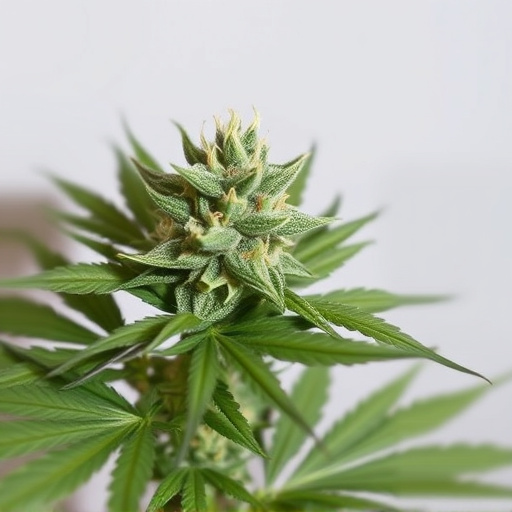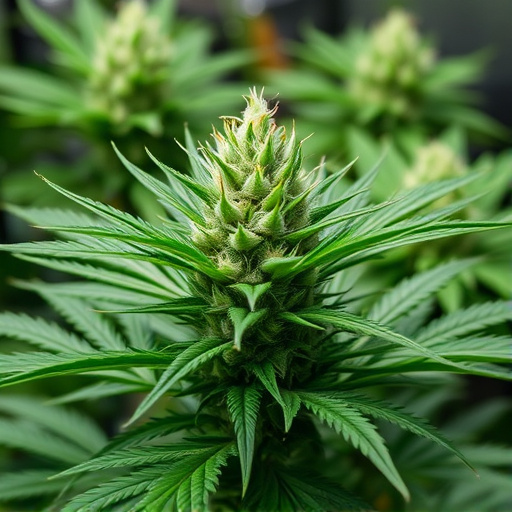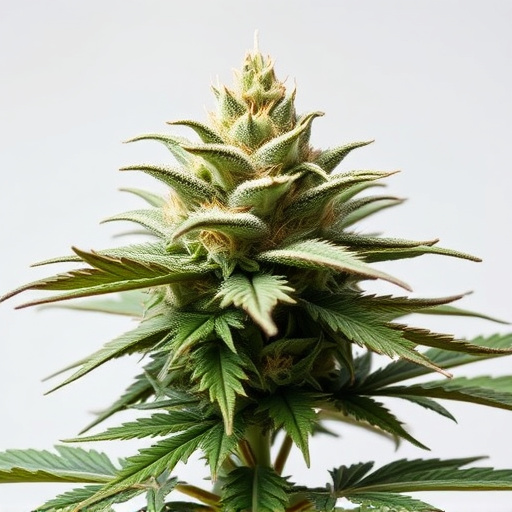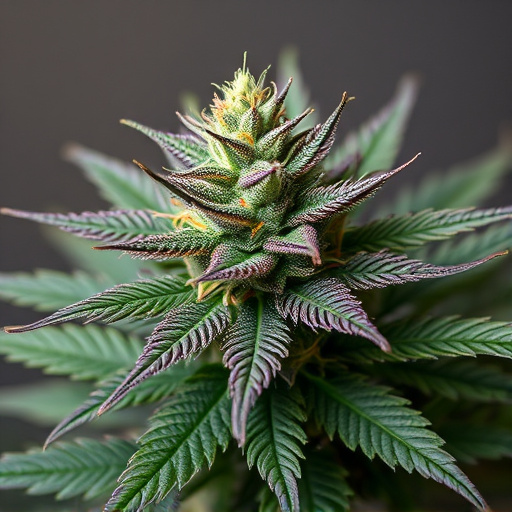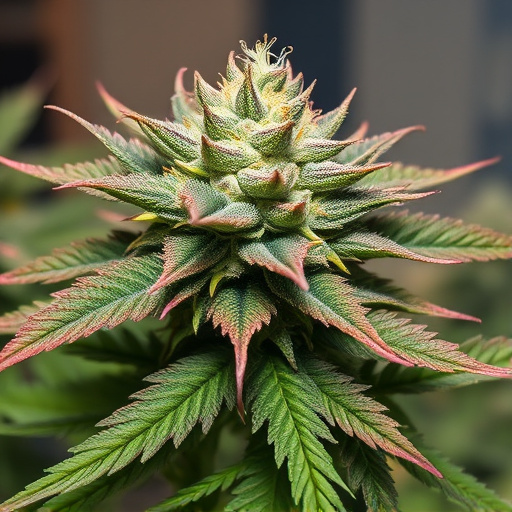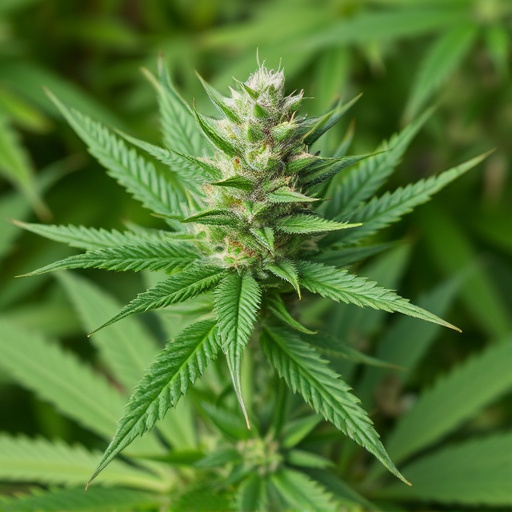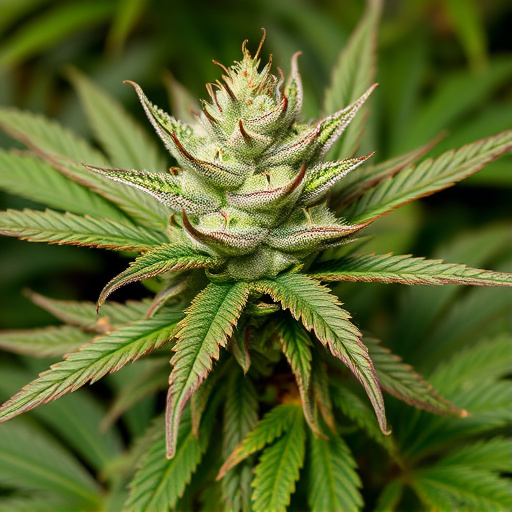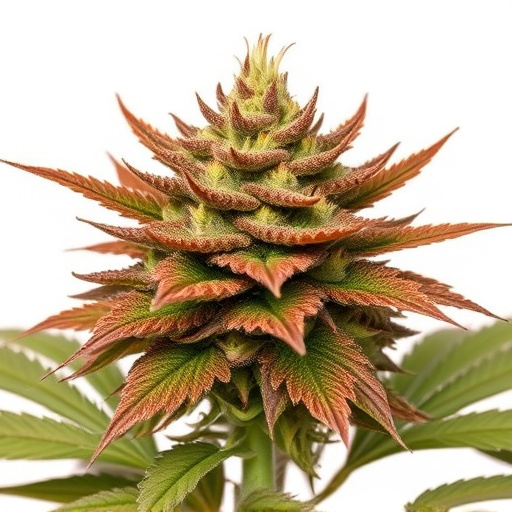In rare cannabis strains, trichomes – tiny resin-producing structures – are key indicators of potency and unique characteristics. They contain cannabinoids like THC and CBD, as well as terpenes and flavonoids, contributing to aroma, flavor, and therapeutic effects. Understanding trichome structure and density is crucial for cultivators aiming to harvest these rare strains at their peak potential. Diverse trichome types offer varied sensory experiences and may indicate specific cannabinoid concentrations, driving interest from cultivators and consumers in both legal and recreational markets.
“Unveiling the mysteries of cannabis trichomes, these tiny yet powerful structures are key to understanding the plant’s unique properties. In this comprehensive guide, we explore the fundamental structure of trichomes and their diverse roles in rare cannabis strains. From cultivation techniques to their impact on the user experience, trichomes play a vital part in shaping the cannabis landscape. Discover how these microscopic gems contribute to the plant’s therapeutic potential and unlock the secrets behind exceptional, rare cannabis varieties.”
- Understanding Cannabis Trichomes: The Basic Structure
- Trichome Diversity in Rare Cannabis Strains
- The Role of Trichomes in Cannabis Cultivation and Effects
Understanding Cannabis Trichomes: The Basic Structure
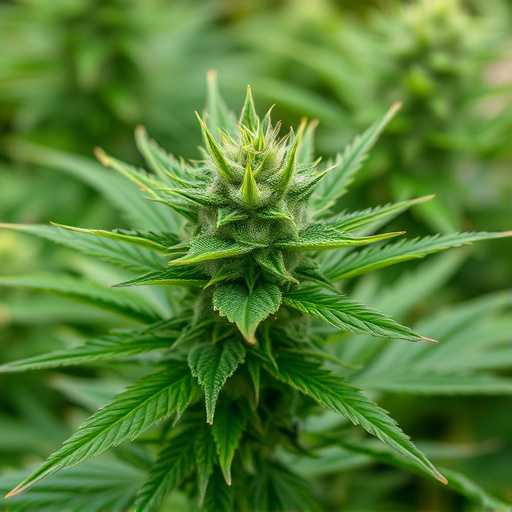
Cannabis trichomes are tiny, hair-like structures that cover the surface of cannabis plants, particularly on the flowers and leaves. They are composed primarily of resin, which contains a diverse range of chemical compounds, including cannabinoids like THC (tetrahydrocannabinol) and CBD (cannabidiol), as well as terpenes, flavonoids, and other beneficial molecules. These compounds give cannabis its unique aroma, flavor, and therapeutic properties.
Understanding the structure of trichomes is crucial when exploring rare cannabis strains. Each strain can have varying numbers and types of trichomes, influencing the plant’s overall potency and specific effects. Trichome density and maturity are key factors in determining the optimal time to harvest a cannabis plant for maximum yield and desired chemical profiles, especially in the pursuit of rare and potent strains.
Trichome Diversity in Rare Cannabis Strains
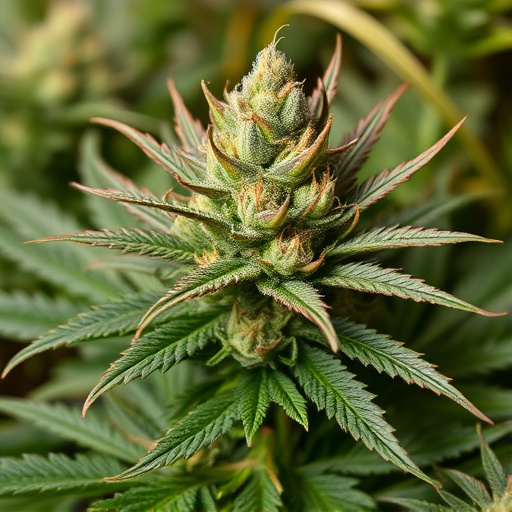
In the realm of rare cannabis strains, trichome diversity is a fascinating aspect that sets them apart from more common varieties. Trichomes are small, glandular hairs that cover the surface of cannabis plants and produce a wide array of compounds responsible for the plant’s unique aromas, flavors, and effects. The remarkable part is that each rare strain may exhibit distinct trichome characteristics, leading to varied experiences for consumers.
Rare cannabis strains often boast intricate trichome structures, with some boasting more diverse and complex trichome types than their mainstream counterparts. This diversity can result in an array of terpene profiles, offering users a broader range of sensory experiences. From sticky, resinous trichomes that indicate high THC content to more delicate, less visible glands, each strain’s unique trichome makeup contributes to its overall allure and potential therapeutic benefits for those exploring the vast world of rare cannabis varieties.
The Role of Trichomes in Cannabis Cultivation and Effects

In the world of cannabis cultivation, trichomes are tiny yet powerful structures that play a crucial role in shaping the final product’s quality and effects. These hair-like glands, often described as the “hairs” on cannabis flowers, produce a variety of compounds, including terpenes and cannabinoids, which contribute to the plant’s unique aroma, flavor, and psychological effects. Trichomes are particularly sought after by enthusiasts of rare cannabis strains, as they can significantly impact the overall experience.
The presence and density of trichomes can vary widely among different cannabis varieties, with some strains boasting abundant, sticky trichomes that enhance both scent and taste. In rare cannabis strains, these trichomes may contain higher concentrations of specific cannabinoids like THC or CBD, leading to more intense effects. This feature not only influences the plant’s medicinal properties but also its appeal in the legal and recreational markets, where the quest for distinct and potent varieties continues to drive interest among cultivators and consumers alike.
Cannabis trichomes, with their diverse structures and compositions, play a pivotal role in shaping the cultivation and effects of different strains, including those found in rare cannabis collections. Understanding these tiny, sticky outgrowths can provide valuable insights into the unique properties and potential therapeutic benefits of various rare cannabis strains. By exploring trichome diversity, cultivators and enthusiasts alike can navigate the complex landscape of cannabis, unlocking new possibilities for both medicinal and recreational uses.






